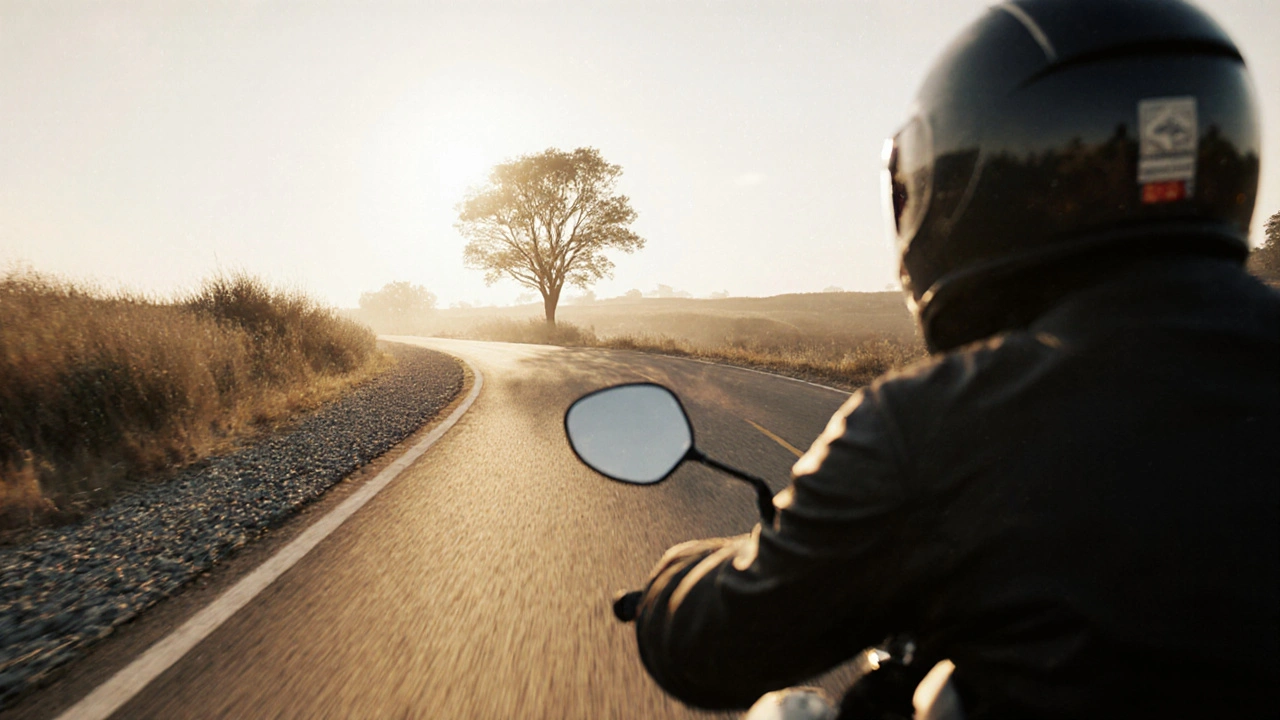When you're riding a motorcycle and your eyes lock onto something dangerous—a deer, a car door, a pothole—you might think you're staying alert. But what you're actually doing is target fixation, a psychological phenomenon where focusing on an object increases the likelihood of colliding with it. Also known as tunnel vision while riding, it’s one of the most common causes of avoidable motorcycle crashes. Your brain doesn’t distinguish between looking at something and aiming for it. So if you stare at the guardrail, your body steers toward it. If you fixate on the car pulling out, you’ll end up in its path. It’s not about speed or skill—it’s about where your attention goes.
This isn’t just theory. Riders in the UK and US who’ve survived crashes often say, "I didn’t mean to hit it—I was just staring at it." That’s target fixation in action. It’s not limited to new riders either. Even experienced riders fall into it during high-stress moments: a sudden lane change, a wet patch, or a child chasing a ball into the street. The problem gets worse when you’re tired, stressed, or riding in unfamiliar areas. Your brain defaults to the easiest path: lock on and hope for the best. But motorcycles don’t work that way. They respond to where you look, not where you think you’re going.
Related to this are motorcycle safety, a set of practices designed to reduce risk through awareness, positioning, and control, and visual focus while riding, the deliberate technique of scanning ahead, not fixating. These aren’t optional. They’re survival tools. Studies from the Motorcycle Safety Foundation show that riders trained in visual scanning reduce crash rates by up to 40%. That’s not luck—it’s training. You don’t need fancy gear or expensive upgrades. You need to rewire your instinct. Look where you want to go, not where you fear going. Scan the road ahead in sections. Use your peripheral vision to catch hazards without staring. Practice in empty parking lots: pick a target, look away, then look back and steer smoothly. It sounds simple, but it’s the difference between walking away and ending up in the hospital.
What you’ll find below are real rider experiences, breakdowns of common crash scenarios, and proven techniques to break the cycle of target fixation. Some posts cover how to train your eyes during high-speed corners. Others show how brake lights and turn signals can trick your brain into fixating. You’ll also find advice on how to teach new riders to avoid this trap before it becomes a habit. These aren’t abstract tips—they’re lessons from riders who’ve been there and lived to tell the story. No fluff. No theory. Just what works when you’re on the road and every second counts.
Posted by
Liana Harrow
0 Comments

Learn how to avoid target fixation on a motorcycle by mastering focus and scanning techniques that keep you safe. Discover why where you look matters more than how fast you ride.
read more